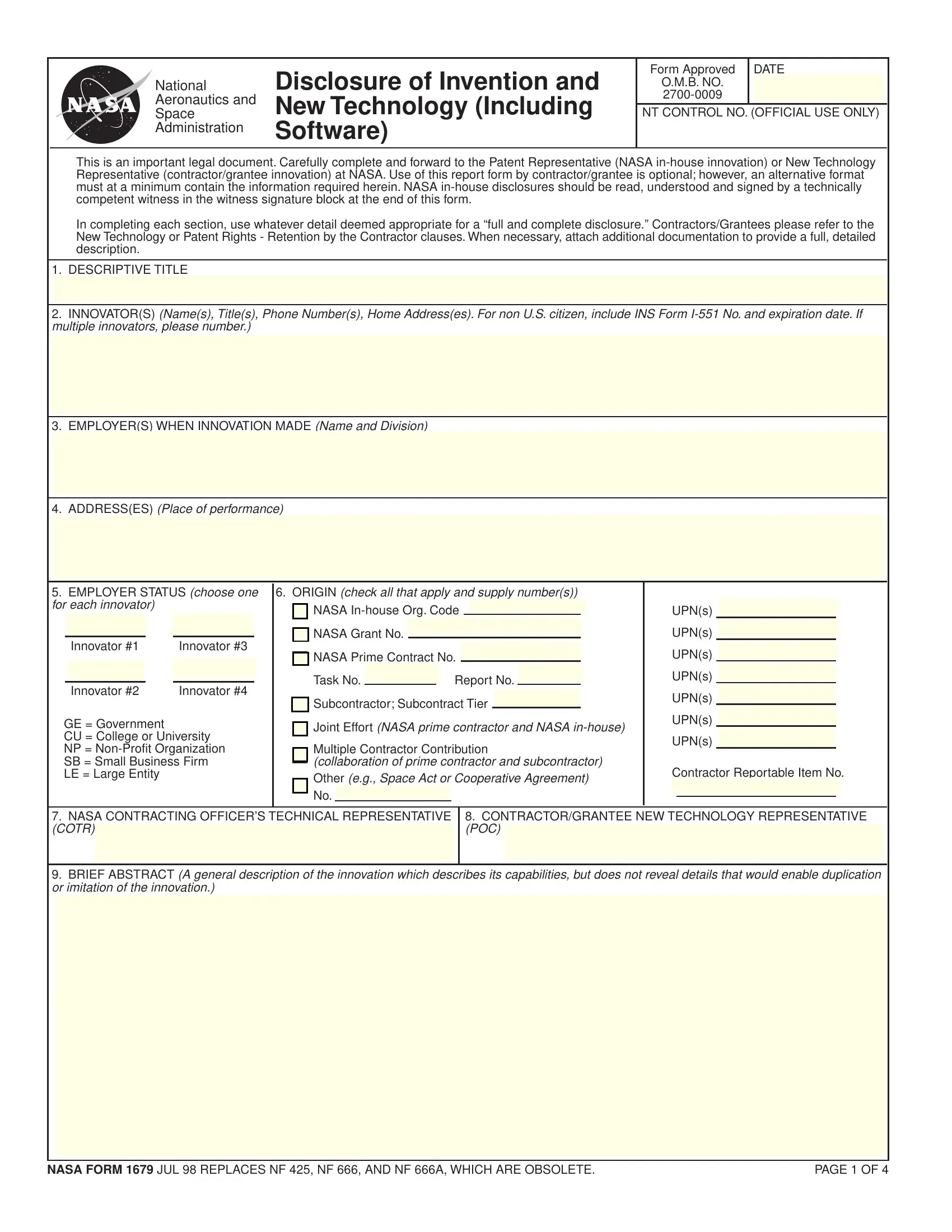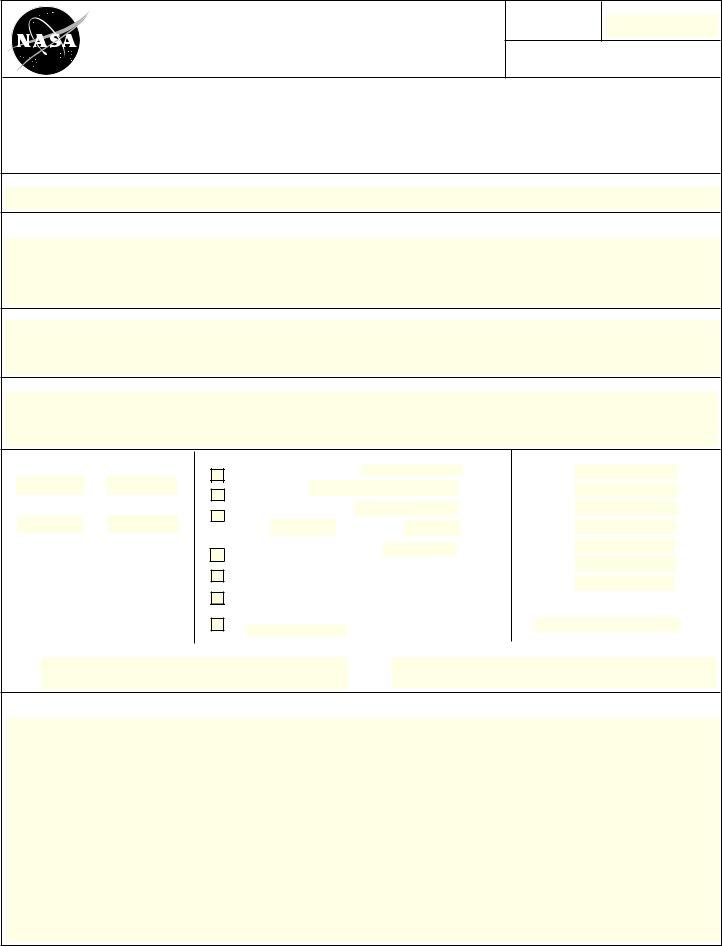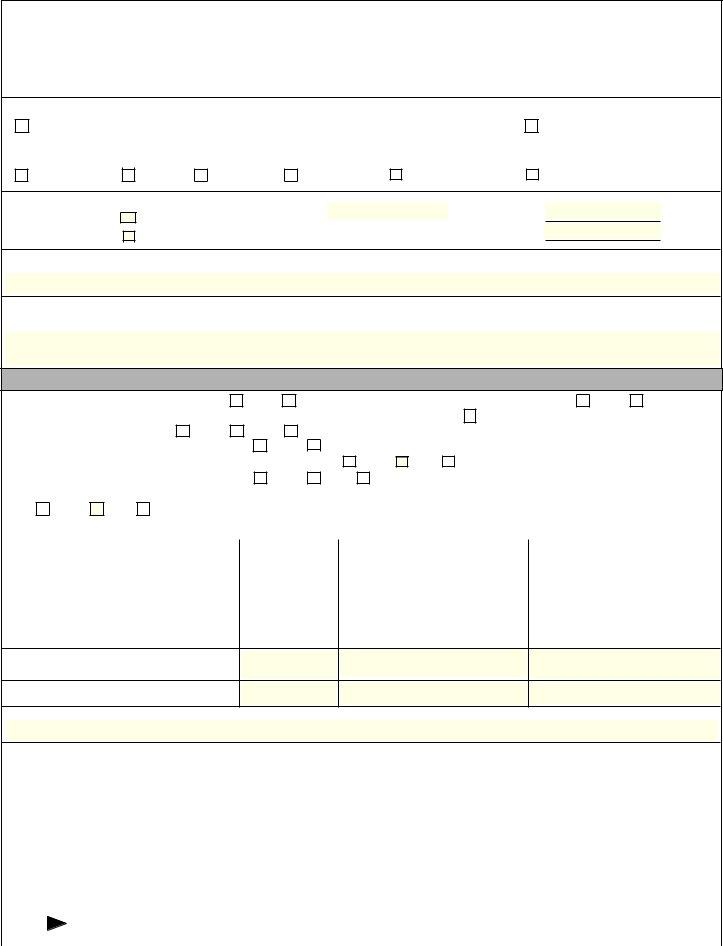When working in the online editor for PDFs by FormsPal, you can easily complete or edit form 1679 right here. We are dedicated to making sure you have the best possible experience with our tool by continuously presenting new capabilities and improvements. Our tool is now much more user-friendly with the newest updates! So now, filling out PDF files is easier and faster than ever before. All it requires is just a few easy steps:
Step 1: Just press the "Get Form Button" above on this site to get into our form editing tool. There you'll find everything that is needed to fill out your file.
Step 2: Using our handy PDF tool, you'll be able to accomplish more than simply complete blank fields. Express yourself and make your documents appear faultless with customized text added in, or optimize the file's original content to excellence - all that backed up by the capability to add any images and sign it off.
As a way to complete this PDF document, be sure to enter the required details in every field:
1. Whenever filling in the form 1679, make sure to incorporate all of the necessary blank fields within its corresponding part. It will help to speed up the process, enabling your information to be processed fast and appropriately.
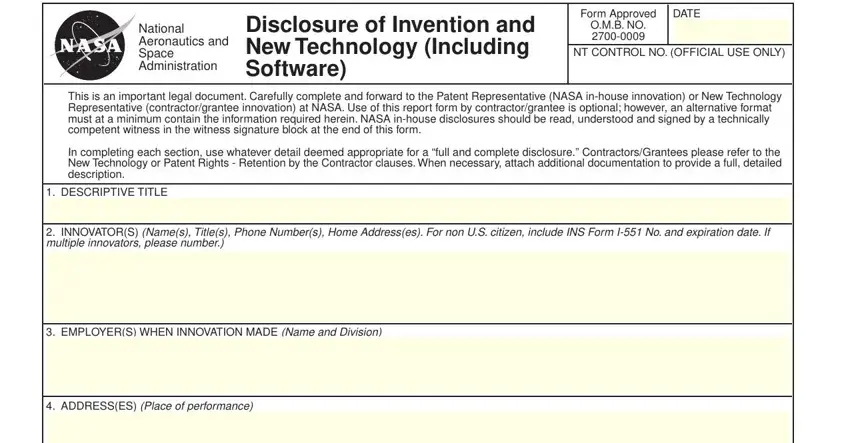
2. The next stage would be to complete these particular blanks: EMPLOYER STATUS choose one for, Innovator, Innovator, Innovator, Innovator, GE Government CU College or, ORIGIN check all that apply and, NASA Inhouse Org Code, NASA Grant No, NASA Prime Contract No, Task No, Report No, Subcontractor Subcontract Tier, Joint Effort NASA prime contractor, and Multiple Contractor Contribution.
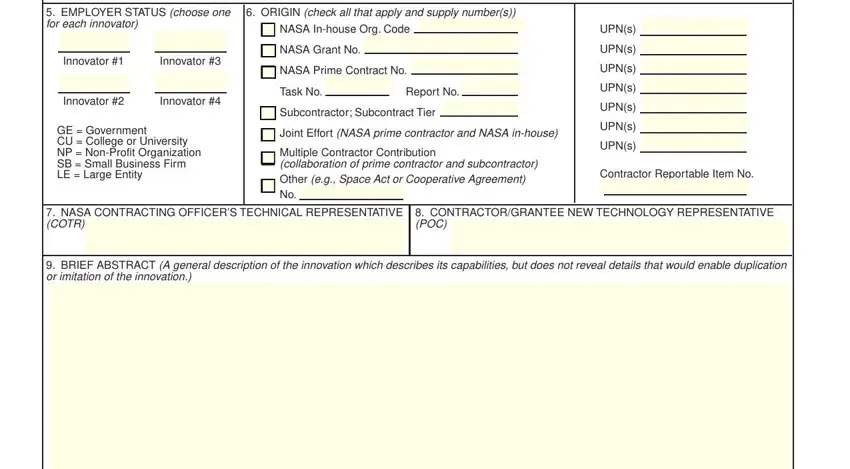
As for NASA Grant No and GE Government CU College or, make certain you review things in this current part. Both of these are definitely the most significant fields in this PDF.
3. This next step is related to SECTION I DESCRIPTION OF THE - type in each one of these blank fields.
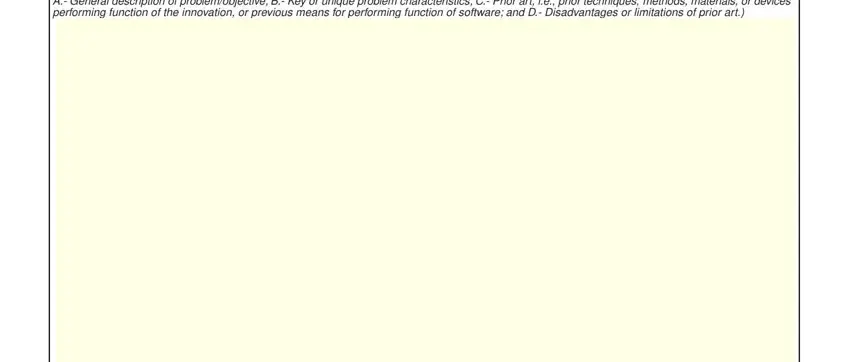
4. To move ahead, the next stage involves completing a few empty form fields. Examples include SECTION II TECHNICALLY COMPLETE, NASA FORM JUL REPLACES NF NF, and PAGE OF, which are essential to continuing with this particular process.
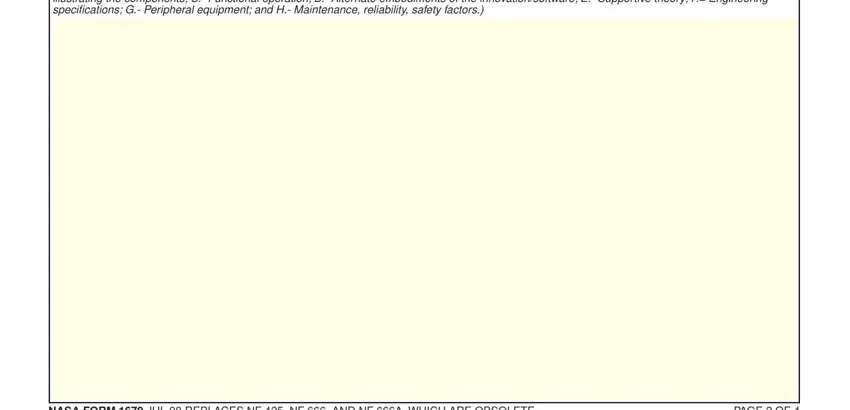
5. This form needs to be concluded within this part. Here there is a comprehensive listing of fields that require accurate information to allow your form usage to be complete: SECTION III UNIQUE OR NOVEL.
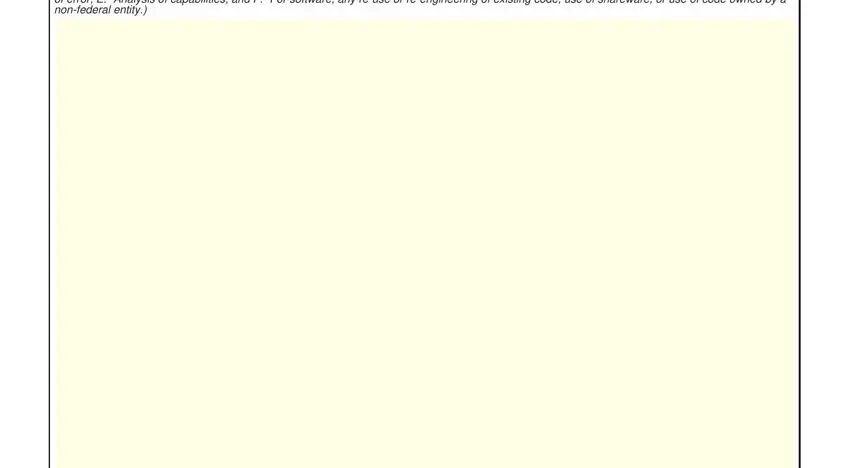
Step 3: Prior to moving forward, ensure that all form fields have been filled out the proper way. Once you determine that it is good, click “Done." Go for a 7-day free trial option at FormsPal and obtain instant access to form 1679 - which you are able to then work with as you would like from your FormsPal account page. FormsPal is committed to the confidentiality of all our users; we make sure that all information used in our system continues to be secure.
